Affiliate disclosure: This post may contain affiliate links. Please see our Privacy Policy.
Camping ovens for outdoor use, as well as off-grid ovens that work indoors without electricity (or when the power’s out), can be tricky to find, but there’s finally a good option for both! We’ve tested the Ember Instafire Off-Grid oven, and I’ll walk you through the things I love (and don’t love) about this biomass oven.
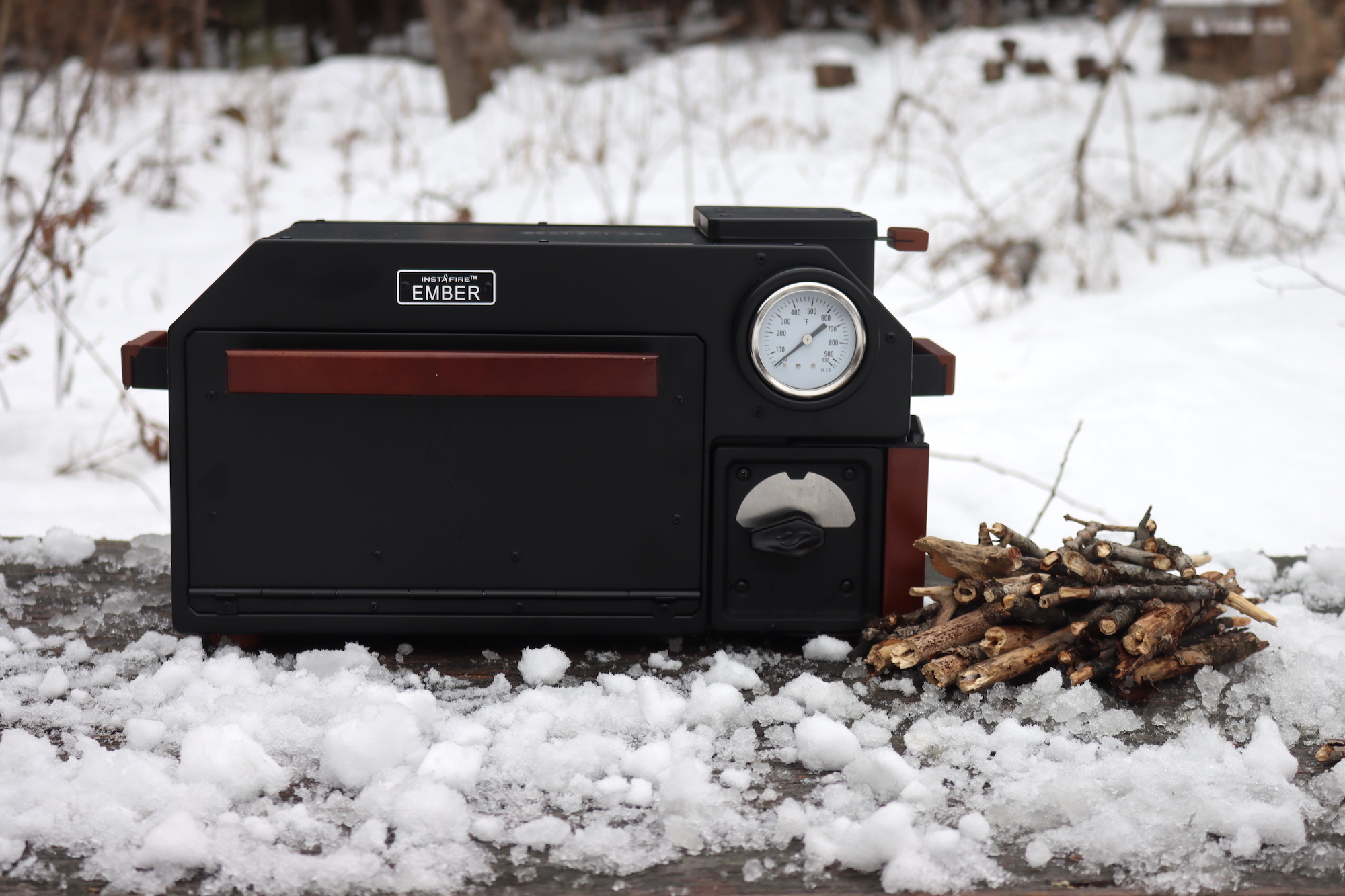
Table of Contents
- Ember Instafire Off Grid Oven Review
- Pans That Fit in An Ember Instafire Oven
- Recipes for the Ember Instafire Oven
- Instafire Fire Starters
- Ember Instafire Oven Pros and Cons
- Ember Instafire Oven FAQ
- What Types of Fuel Can You Use in an Instafire Oven?
- Can You Use Tealight Candles in an Instafire Oven?
- How Big is the Ember Instafire Oven?
- How do You Regulate Temperature in the Ember Instafire Oven?
- How Hot Can The Ember Instafire Get?
- Preparedness Resources
- Gear Reviews
- Off Grid Living
In the past month, grid power has been off more days than it’s been on here on our Vermont homestead.
A combination of wind storms, ice storms, and floods have stacked up back to back, and the power’s out for 4 days…back on for three…and then out for 5 more. We’re lucky in that we have battery backups, solar panels, and an emergency generator…but few people have those kinds of resources to allow them to cook when the power’s out.
Back in the day, cooking without electricity was the norm, even when I was growing up. Our oven had a pilot light as an igniter, and there wasn’t even a plug to speak of. That sort of thing is incredibly rare, and it was pretty rare already, even in the 90’s. These days, when the power’s out, most homes are dead in the water when it comes to cooking.
We do quite a bit of campfire baking in a Dutch oven, but there’s a pretty steep learning curve there (and not everyone has 30 acres of woods in which to start a campfire whenever they want). We also cook outdoors with our Breeo firepit, and that’s great for searing (or baking in tiny camping pie irons), but it’s not exactly set up for baking or everyday meal prep.

We came across the Instafire Ember Off-Grid Oven that My Patriot Supply is advertising like crazy, and decided to give it a go.
We already use rocket stoves outdoors, and know how efficient that heating mechanism can be. I was excited to see it applied to an oven. I also love that it can use canned heat indoors, and often, when the power’s out, we’re looking for ways to keep the kids entertained (and let’s face it, this is basically an off-grid easy bake oven).
(This post is not sponsored or endorsed in any way by Instafire or My Patriot Supply. I bought this oven with my own money, and my opinions are my own.)
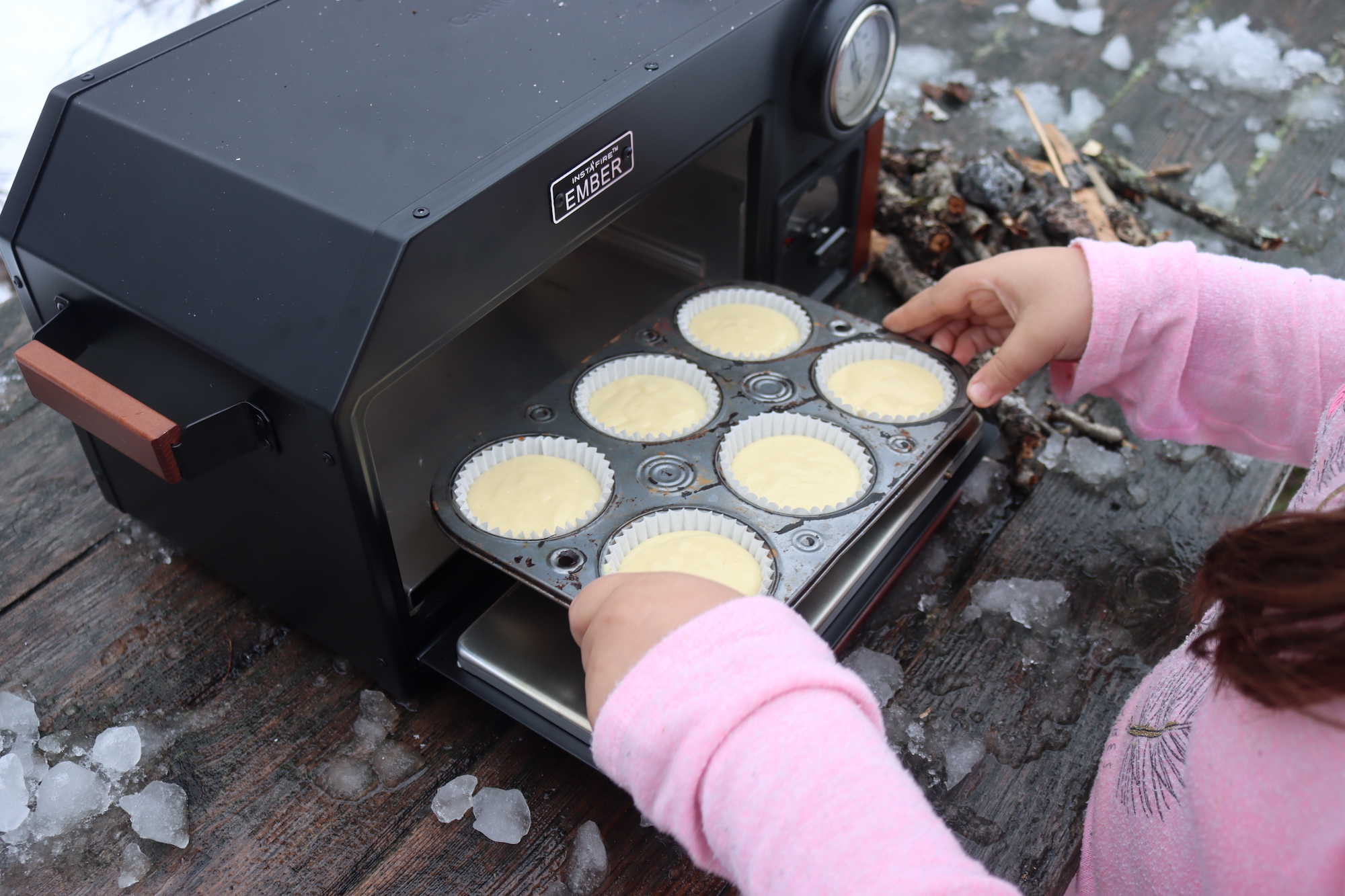
Ember Instafire Off Grid Oven Review
When we pulled the oven out of the box, everything was already assembled and ready to go. We set it down on a picnic table outside, gathered a few sticks, and had it fired up in minutes.
The oven was at 350 degrees F in about 15 minutes, all with just a few twigs from the yard.
If you’re not familiar with how a rocket stove works, or how to feed one, there will be a learning curve here. You need small sticks and twigs, the smaller, the better, and initially the stove is fed continuously so that it creates an intensely hot “rocket” of flame in a hurry.
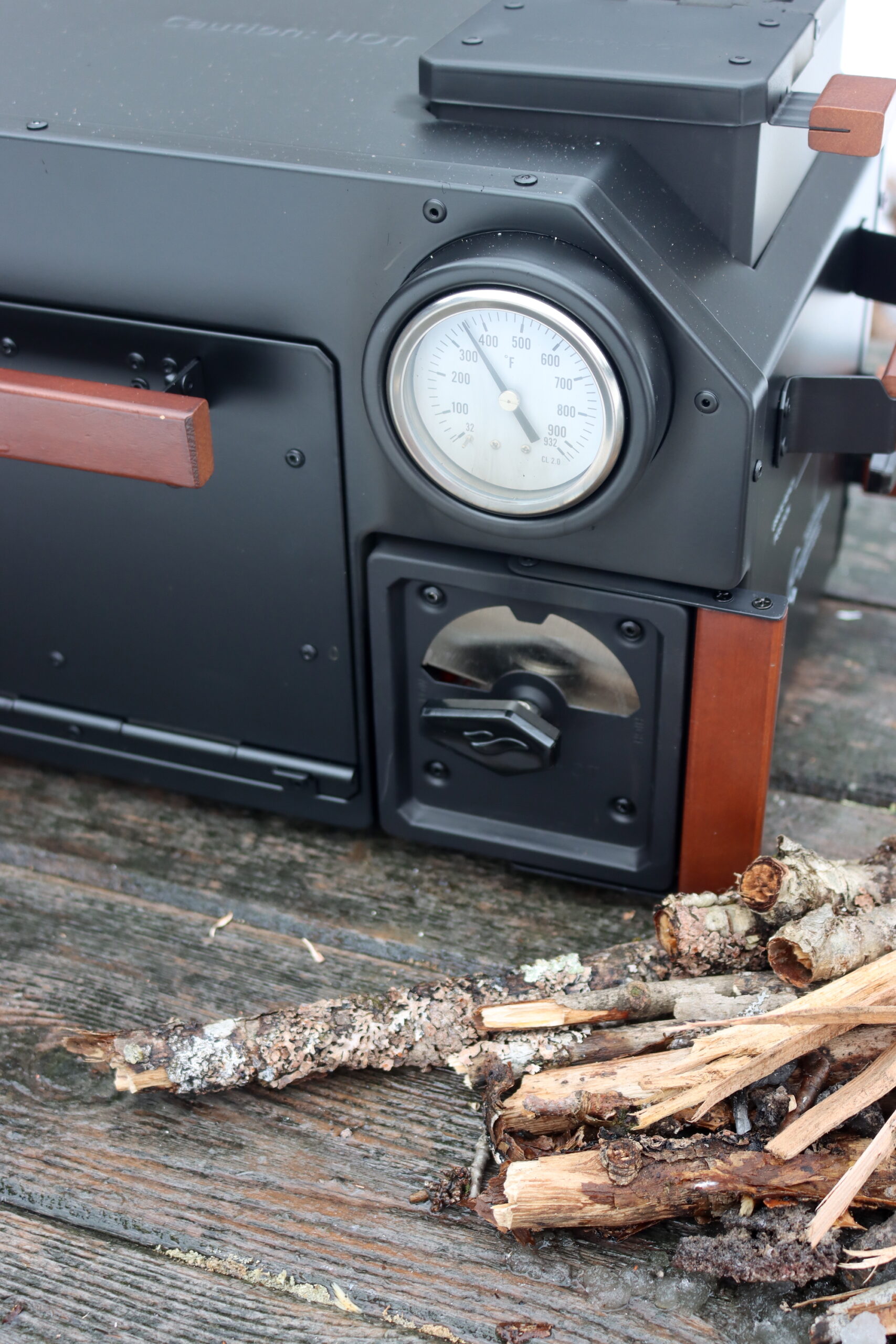
Once the stove was up to temperature, it maintained that temperature without feeding for about 15 minutes. Every 15 minutes or so, we added a few more sticks to keep the fire going, and the oven maintained its temperature without issue.
My 8-year-old daughter was able to keep the oven at the proper temperature on her own, and my husband joked that it’s basically an off-grid, easy-bake oven.
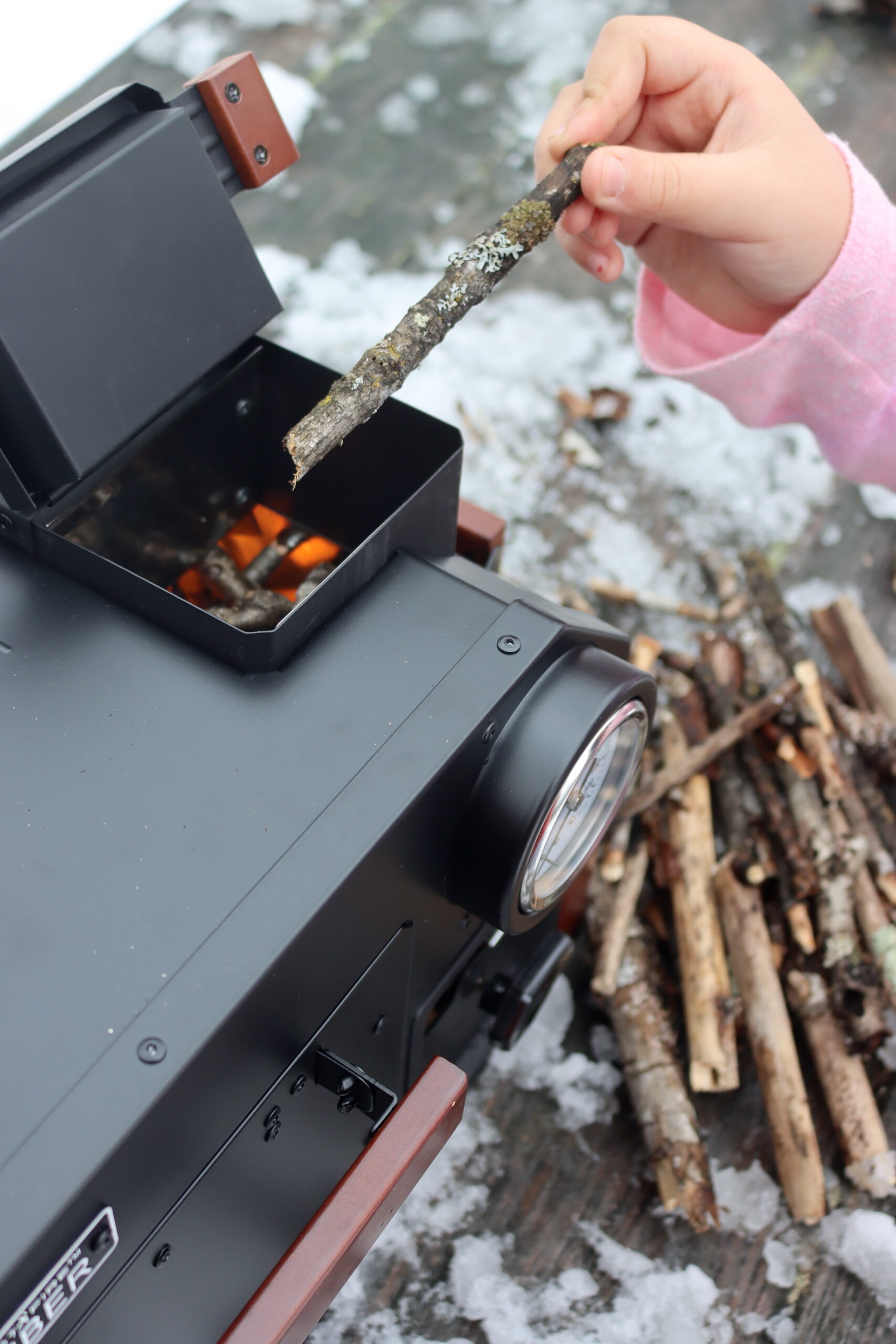
The main problem we ran into immediately was that we just didn’t have a pan small enough to fit into the oven.
I assumed my cast iron muffin pan, or my smaller cast iron pans would work…but they’re all slightly too big. The oven chamber is 8” x 11”, and you’d be amazed how many pans are 11 1/4 inches big (especially with handles).
Eventually, we did find a few pans in the house that fit into the oven, and then I did a bunch of research and found at least a dozen other options (stainless steel, cast iron, and more) that would fit inside the oven. (Update: They now sell a set of 3 pans sized to fit the Ember oven.)
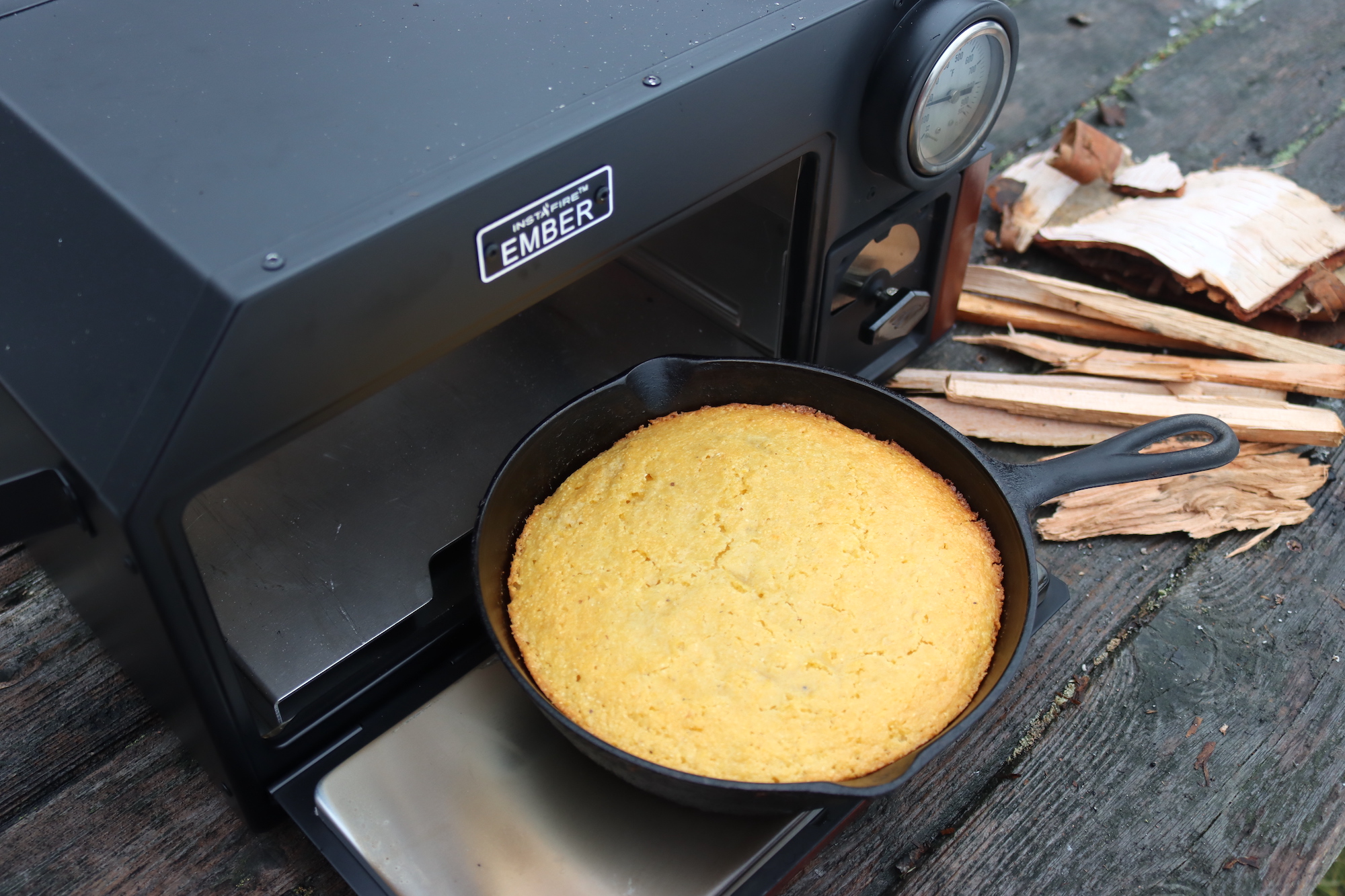
Canned Heat v. Rocket Stove Powered Oven
The oven has two modes, and it can be run indoors using “canned heat” or specialty candles that generate a good bit of heat for cooking (but are safe for indoor use). They’re just alcohol that’s been gelled so that it doesn’t spill easily, and it burns clean, producing just CO2 and water (the same things people breathe out). There’s no smoke or noxious chemicals, and it’s basically the same as having an extra person hanging out in the room breathing with you (i.e. not a big deal unless you’re in an airtight closet).
When run with two jars of canned heat, the oven takes a lot longer to heat up. On average, it takes about 75 minutes (or 1 hour and 15 minutes) to reach a comfortable banking temperature of 350 degrees F.
Once at temperature, though, you can put out one of the candles and maintain the temperature pretty much indefinitely. The canned heat candles burn for 6 hours each, so you could run this oven at temperature for about 10ish hours on two candles (burning one at a time after preheating). If one burns out, add in another and keep it going if you want.
It’s a really great option for indoor baking when the power’s out, and honestly, when the power’s out here in Vermont, it’s usually accompanied by an ice storm and sub-zero temperatures. I’m happy to have a fun way to bake with the kids that put a smile on their faces and put a meal on the table at the same time.
Don’t get me wrong, I love it as a camping oven, but more practically, I imagine most people will value this as an indoor oven for cooking safely when the power’s out.
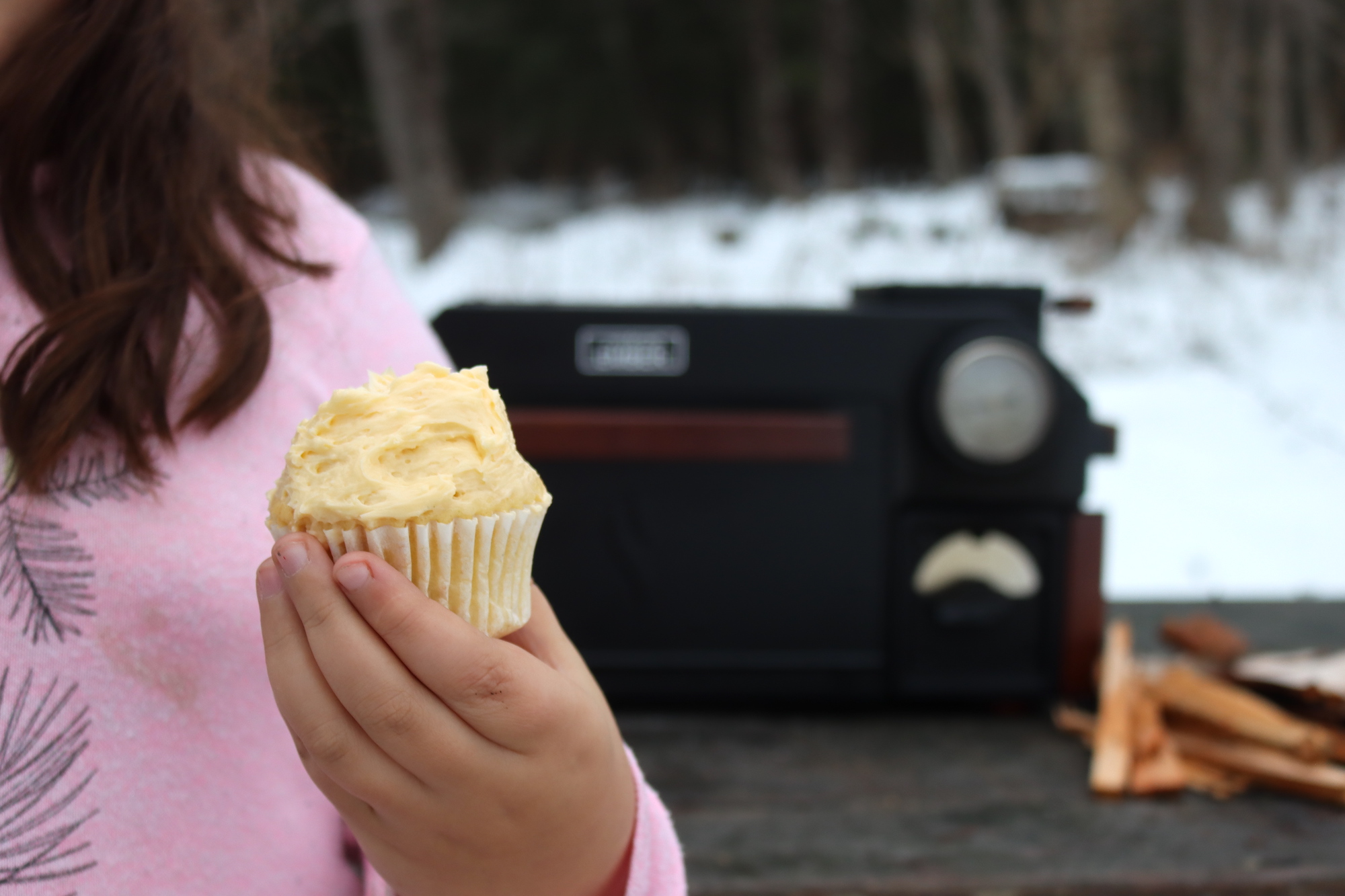
Pans That Fit in An Ember Instafire Oven
(Update: About a week after I wrote this review, they released a set of 3 pans sized to fit the Ember oven. I’m so glad, as the difficulty finding pans was my major criticism with the oven. I put a lot of work into finding the other options, though, so I’ll leave all those others below as well, but know that they do now sell an inexpensive set of small pans that work perfectly in the oven.)
I actually spent the better part of a day trying to find any pans that would fit in the Instafire Ember, and I’ve gotta say, that was incredibly frustrating. The interior measurements are just short of 8 inches deep by 11 inches wide. Most pans are just a smidge bitter than that…and a standard 8” pan measures the interior of the pan, so they’re all between 8 1/4 to 8 1/2 inches in total size. That means the door won’t shut.
Similarly, I found dozens of pans that are just 1/4 to 1/2 inch too long to fit in the 11” space. Had they planned for even an extra half inch in each direction, there would have been so many more options here.
Nonetheless, after a lot of work, I did find a number of pans (in both stainless steel and cast iron) that would work in this oven. (We don’t cook on aluminum or Teflon in my household if we can avoid it, but if you do, there are a few more options beyond this…but not many):
- Small Stainless Steel Baking Sheet (9 inches by 7 inches) – This is the smallest size baking sheet you can get anywhere. There’s also an 8×10 inch version that’s a common size, but the 8” measurement is the interior, and it’s slightly bigger than 8” in total, so it won’t fit. You do need the smaller 9”x7” version. This set is nice because it comes with stainless racks. You can use oven them for roasting meat (or they can be used as cooling racks).
- Libbey Cast Iron Pie Plate (6 1/4 inches wide by 7 1/2 inches long with handles) – This is a mini pie pan that restaurants use to serve up single-serve pies and brownies fresh from the oven. If you’re okay with Teflon, there are also these nonstick mini pie pans. They also come in mini disposable aluminum pie plates, and a 50-pack is around $10, so it’s not a bad option if you’re fine with aluminum cookware.
- Lodge 1 Quart Cast Iron Dutch Oven (6 3/4 inches wide by 8 1/2 inches long, and 4” tall) – A serving cast iron used by restaurants, most people don’t actually cook in ones this small, but it works great for 2 servings of stew or a small cornbread. Sadly, the 2-quart version is ever so slightly too big to fit.
- Lodge 8 1/2 by 4-inch Loaf Pan – They have a larger size (10 x 5), but with the handles, it’s too big for the oven. Get the smaller loaf pan.
- Lodge 14 Ounce Round Server (6 1/2 inches wide by 8 1/4 inches long) – Another restaurant server tray for hot food fresh from the oven, but it works great as a round baking pan.
- Lodge 16 Ounce Oval Cast Iron Server (5 1/2 inches wide by 9 3/4 inches long) – This one takes advantage of extra length, giving you a bit more usable surface as an oval.
- Lodge 14 Ounce Rectangular Cast Iron Mini Server (4 1/2 inches wide by 8 inches long) – Great rectangular mini baking pan in cast iron, and they make an even smaller one in 10 ounce as well.
- Old Mountain Single-Serve Rectangular Pan (4 1/2 inches wide by 8 inches long) – Makes a great baking pan.
- Lodge 7” Round Serving Griddle (7 3/8 inches round) – This is actually just a round cast iron plate with a small lip at the edge, so great for baking and serving.
- Old Mountain Cast Iron Muffin Pan(5 1/4 inches by 7 1/2 inches long) – This one’s actually small enough to fit, but the one by lodge is much larger and is too long to fit because it has big handles. Many muffin pans are long with a lot of space between the cups, even what you’d assume is a small 6-whole muffin pan. I have other cast iron muffin pans, and they’re all too big. This Stainless Steel Muffin Pan, for example, has only 6 cups, but is 11 1/2 inches long and will NOT fit.
- Nordicware 7” Springform Pan – This is in Teflon, but you can’t get a spring form pan without a non-stick coating, they’re just not made anymore…at least in smaller than the standard 9” round. You can also get an even smaller 4” springform pan. These are becoming more popular as anything under 7 inches fits inside an instant pot for instant pot baking.
The main thing to watch here is that many pans will say they’re smaller than 8 inches or 11 inches, but then they’re not counting the handles. Or, they’re giving you interior measurements rather than the full size of the pan itself. I could just barely slip my smallest cast iron skillet in there, but I had to tip it slightly to get it in the door as it’s 11 1/8 inches long.
Many bread loaf pans will fit, as they’re a nice narrow rectangle, but be careful of the extra length handles add to the size. Loaf pans usually come in two sizes, at 4 1/2 by 8 and a larger 5 by 10. The larger size often will not fit if there are handles (but will fit if it’s a handle-less pan).
If you’re coming up empty, search for “cast iron mini servers” or “cast iron fajita skillet, no handle.”
You might also get lucky finding an old thrift store pan that’s smaller. The pan we baked these cupcakes in was left at our house by a friend last week, and by luck, it was one of the only pans in the house small enough to fit in the oven. They say it’s a thrift store find (and Teflon, but not a big deal if you’re using muffin cups). Since I have to return it to them, I’m now searching for a smaller stainless muffin pan and coming up empty.
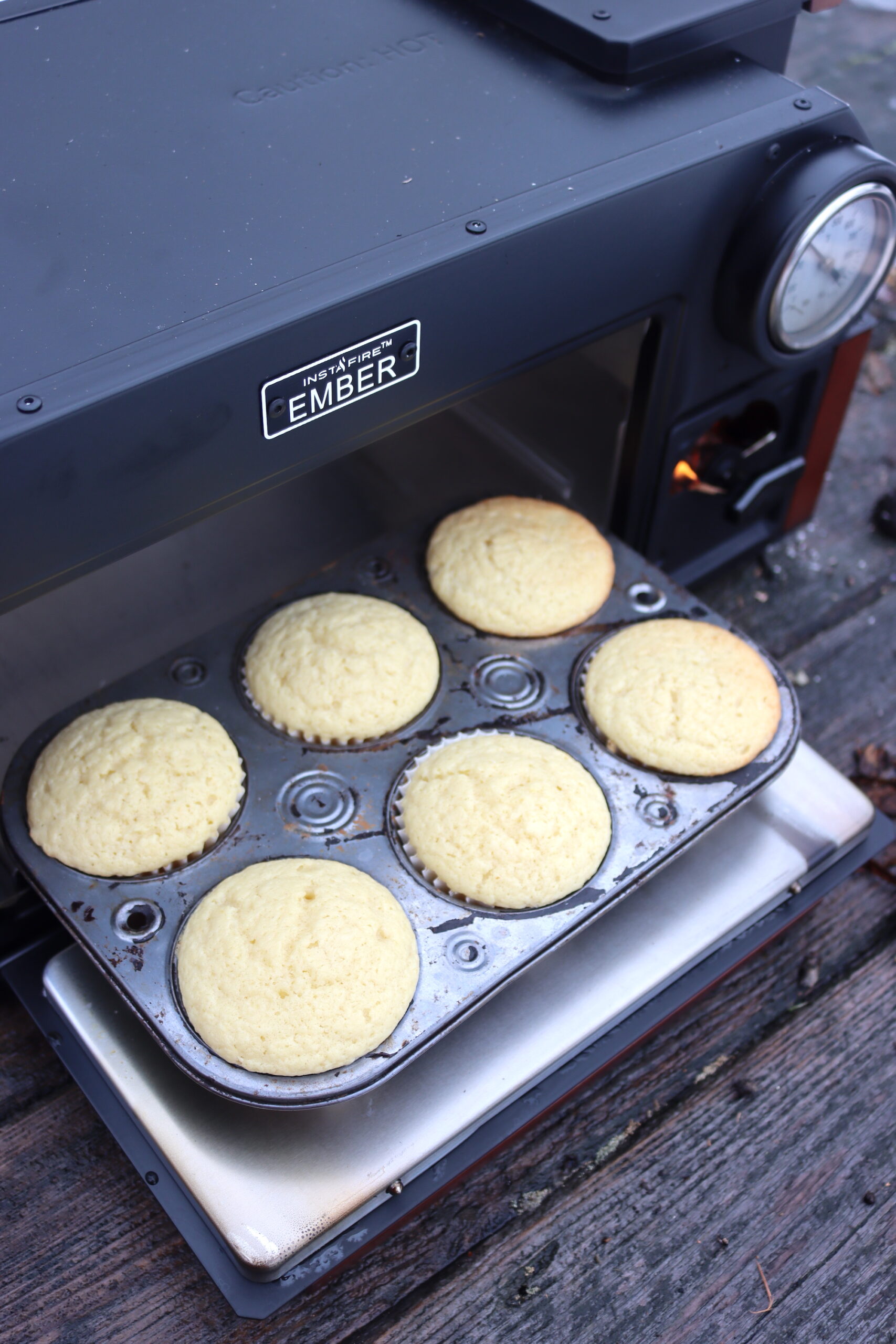
Recipes for the Ember Instafire Oven
If you’re limited to smaller pans, you’re also limited to smaller recipes, so keep that in mind. When my daughter realized this tiny oven cooks 6 muffins or cupcakes at a time, she actually got really excited because earlier this year, we’d given her a cookbook specifically designed for small-batch bakes.
She marked probably 50 different recipes with little page marker flags, all on her “to bake” list…and now she has just the oven to do it.
You can fit a standard 4×8 loaf pan in this oven, and most of the bar and brownie recipes in the book are made in that type of pan. Cupcakes and cookies are similarly in small batches that fit in a 6 muffin pan or make 4 to 6 cookies in a batch, so it actually works out perfectly.

When you’re camping, most times, you don’t want big batches anyway. You’re cooking for your immediate group, and you don’t really have a way to deal with leftovers.
That said, the oven does maintain temperature really well, on either canned heat or as an outdoor biomass oven. We had no problem running multiple batches through the oven, and made cupcakes and cornbread back to back without issue.
Now that I have half a dozen different pans that will fit in the oven, we’ll be all set for a day of baking next time the power goes out.
Instafire Fire Starters
Instafire is a company that started out making fire starters, and this off-grid oven is a relatively new thing for them. Since I was ordering the oven anyway, I added on a few other things, including their fire starter kit and “instafire” fire starter granules.
While I love the Ember Oven, the actual Firestarter ganules were a bit disappointing. I had my daughter use a flint and steel to try to light them, and they won’t catch a spark no matter how long you try. Add a tiny bit of actual tinder on top (birch bark, dry moss, pine needles, etc.), and the spark is caught on the first strike.
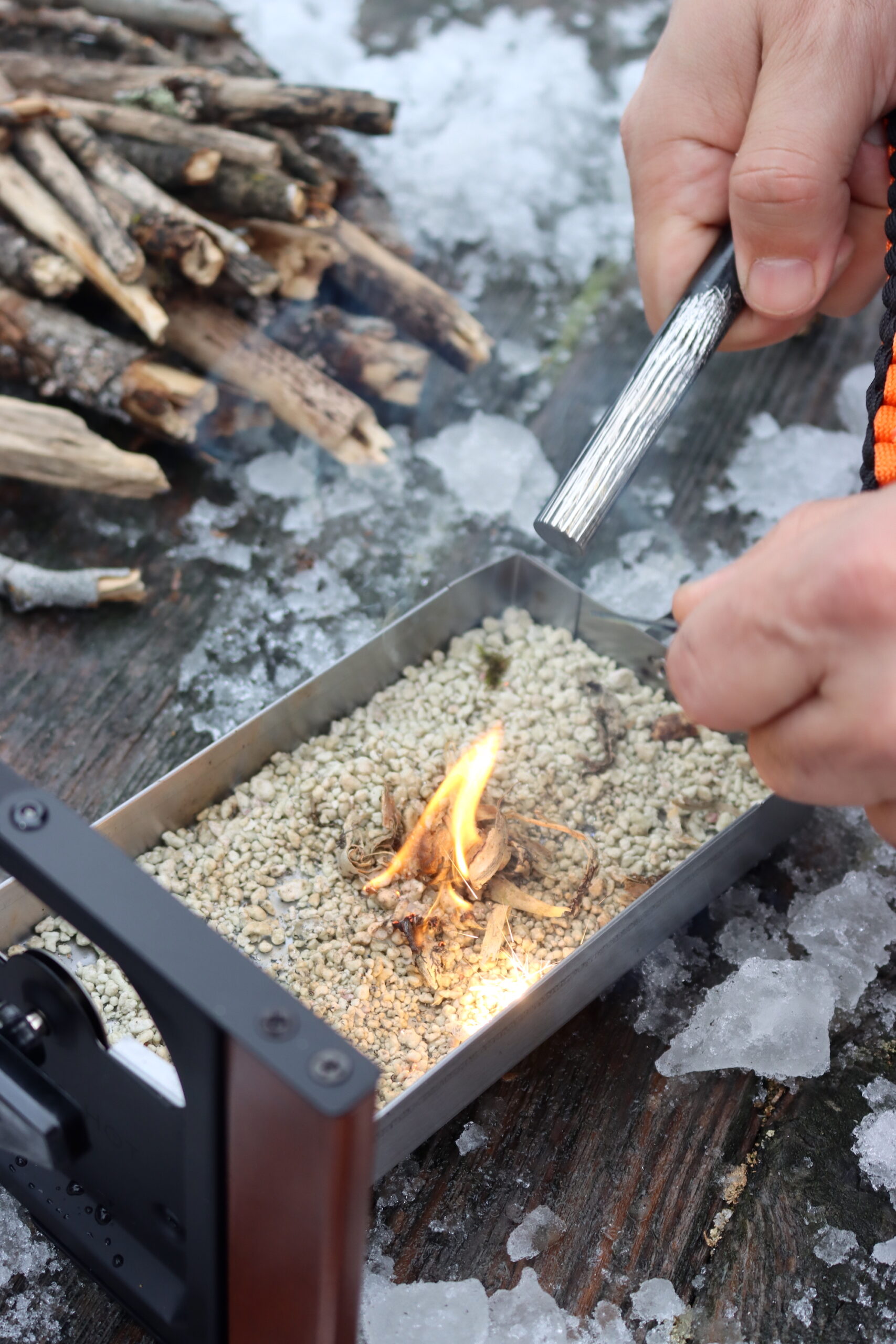
That said, the firestarter did catch when a good flame was held to it, either from an already burning tinder or a lighter. Make sure you have a lighter on hand, rather than the flint and steel they sell you with the kit.
We tested the firestarter out further by placing it on a pile of snow, and it did work admirably. The tiny pile burned for about 15 minutes, which is more than enough to get a fire going above it. If you’re starting a campfire in wet conditions, and you have a lighter, it will really help get the job done.
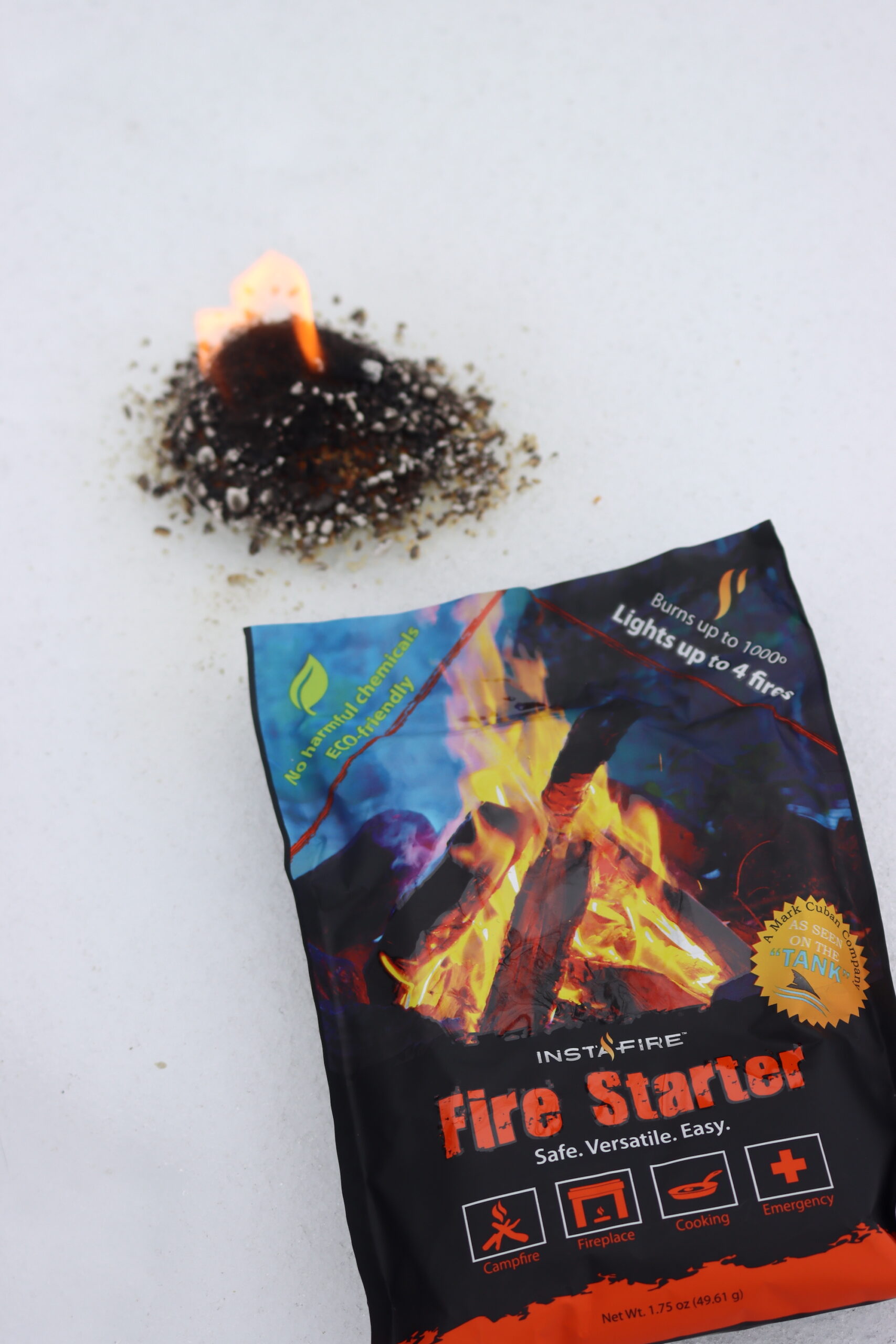
My main issue is that while the Firestarter does burn well for 15 minutes, as advertised, it leaves a lot of gooey mess and slag behind when it goes out. At the bottom of a campfire fire pit in the woods, who cares? That’s no big thing.
But inside a biomass oven with a very tiny firepan, that is a big deal. The Instafire fire starter granules did burn for 15 minutes, and they really got the fire going, but then they went out and were a slimy mass of ash and residual wax at the bottom of the fire pan. There’s not a lot of space to work with in the firepan, and with that mess in the firepan, I had to dump the ash pan 30 minutes into baking…which means I had to restart the fire…and I’d have the same problem if I used instafire granules again.
You’re actually much better off starting a fire with dry tinder that will burn completely without leaving a messy residue, as then you’ll be able to keep the oven fired for longer. I don’t suggest using the Firestarter kit or other parts that are marketed with the Ember oven.
They work great for campfires, but they just aren’t the best option for using with the oven itself.
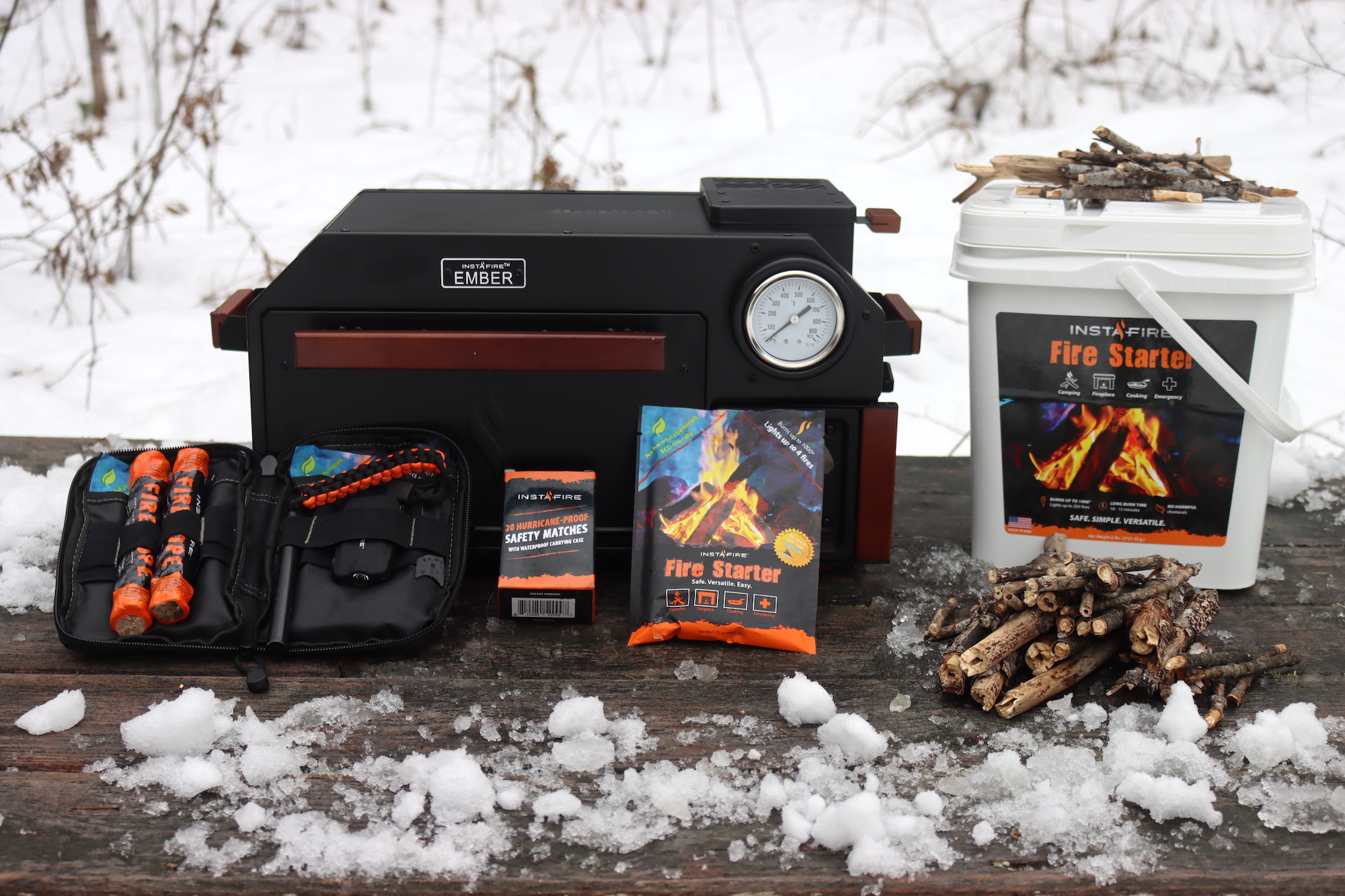
Ember Instafire Oven Pros and Cons
So, overall, what did I love and hate about the instafire oven?
Pros
- Simple enough to use that my 8-year-old ran it on her own (keep in mind, she is used to camping and fire-starting, but still)
- It can be used indoors and outside
- Biomass burning means you can bake with whatever twigs you have lying around
- Great for camping
- Perfect for indoor baking when the power’s out
- Convenient to use with canned heat
Cons
- Small baking chamber means you need to find pans specific to the oven (list above)
- Small fire chamber means you need to keep the fire hot if you’re using biomass, so that the ash is consumed and you can keep it going
- Learning curve to use outdoors unless you’re familiar with how to run a rocket stove
- Slower to pre-heat with canned heat indoors
Ember Instafire Oven FAQ
At this point, hopefully, I’ve covered most things you’d need to know about the Ember Instafire Oven and baking when the power’s out…but here are a few more FAQs to make sure I have all the bases covered. If I’ve missed your question, please do leave me a note in the comments.
What Types of Fuel Can You Use in an Instafire Oven?
When used outdoors, the biomass oven can run on charcoal (which is convenient and incredibly efficient), but it also runs well on sticks, twigs, leaves, pine needles, and pine cones. Really, just about anything biological that you’d use in a campfire can be used in this biomass oven, provided it’s chopped small and is relatively dry.
For indoor use, canned heat is the only safe heat source. Do not use charcoal, twigs, or regular candles as a fuel source indoors.
Can You Use Tealight Candles in an Instafire Oven?
I’m sure a lot of people are wondering if you can just use tealight candles instead of canned heat to power this non-electric oven. The answer is, sadly, no…for several reasons.
First, tealights just don’t put out enough heat to get an oven up to temperature. There is a company that makes tealight ovens, but every review I’ve read says that the tealightes (even when you use 10 or more) just can’t get the oven past about 150 to 200 degrees. It basically makes a tealight slow cooker oven, which doesn’t work all that well.
Just for completeness, I did try to run the Instafire with tealights, and the oven never got hotter than 150 F. The fire chamber where the candles were burning, however, got much hotter. Actually, it is dangerously hotter, as the flash point of beeswax (and paraffin wax) is about 400 degrees. I put a thermometer in with the candles, and at about 90 minutes of burn time, the candle chamber was about to reach 400F, but the oven itself was only at 150F (which it reached about 20 minutes into the burn).
Tealights just don’t put out enough BTUs to fire an oven.
Keep this in mind, actually, if you’re hoping to make one of those tealight flower pot heaters that’s all the rage on the internet these days. Not only do those things not put out enough heat to be practical (as you’d need 50+ tealights to heat a very small room), the flower pot setup allows the candles themselves to overheat and can be a fire hazard. (There’s some great information on the dangers of tealight heaters here.)
Please stick with canned heat candles rather than trying to fire your indoor oven with tealights.
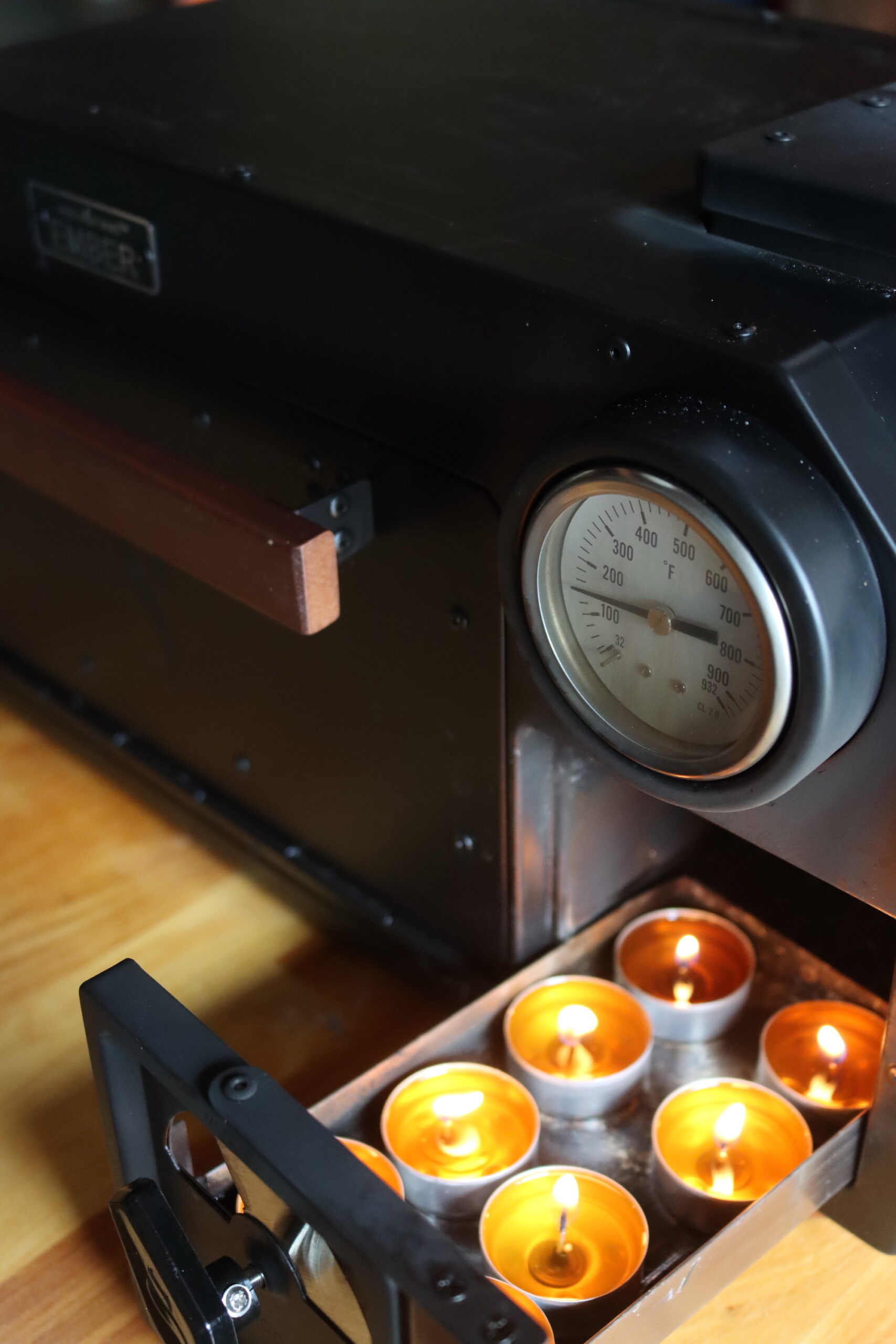
How Big is the Ember Instafire Oven?
The oven itself is quite portable and weighs just 17 1/2 pounds. It can be carried around by a school-aged child with ease (provided it’s cool, obviously).
The oven chamber is 11 inches wide by 8 inches deep and 5 inches tall.
You can get a carrying bag for the oven to help make it more portable (and help with storage).

How do You Regulate Temperature in the Ember Instafire Oven?
When using twigs outdoors, you simply feed the oven to add heat and pause in feeding the oven to maintain it for 10-15 minute intervals once it’s up to temperature. The door has an air vent, which you can adjust as well, and closing down the air vent to just a crack tames back the fire and will slow heating if the oven is getting too hot.
When used indoors with canned heat, you use two cans to bring it up to temperature and then turn off one can to maintain temperature. If the oven is getting too hot or cold, simply light or put out the other candle. Even with both candles out, the oven will maintain heat for some time.
How Hot Can The Ember Instafire Get?
The oven can safely reach temperatures of 550 degrees F. Past that point, the heat stress on the oven can cause damage. When using canned heat, you can get it to around 500 degrees, but it’s hard to get the oven hotter than that by accident indoors.
Outdoors, if you really feed the biomass stove aggressively, then you can really turn up the heat, and it is possible to push it well past 550 degrees. It takes dedication, so it’s not likely something you’d do on accident, but if you had teenagers egging each other on messing around, they could do it. Don’t try to push the oven hotter than 500 to 550 degrees F, as you may damage the oven.
Preparedness Resources
Looking for more preparedness resources?
- Best (and Worst) Emergency Food Suppliers
- Survival Gardening: Our Real Life Dry Run
- Best MRE Meals (Meals Ready to Eat)
- Emergency Water Filtration Options
- Canning Water for Emergencies
Gear Reviews
Looking for more honest gear reviews?
- Best AA Battery Powered Flashlights
- Best (and Worst) Portable Power Stations
- Best Emergency Food Kits
Off Grid Living
Looking for more off-grid living inspiration?
- Gravity Fed Household Water for Off Grid Living
- DIY Root Cellar Plans (Low Cost, Simple Design)
- How to Use a Wood Cook Stove
- Pedal Powered Washing Machine for Off Grid Laundry
- Maintaining Off-Grid Systems in Winter
- Off Grid Appliances
- How to Find Off-Grid Homes for Sale
- 7 Tips for a More Dependable Off-Grid System
- 6 Things I Wish I’d Known Before Moving Off Grid
- 10 Luxuries We Have Off Grid (That Most Suburban Homes Don’t)
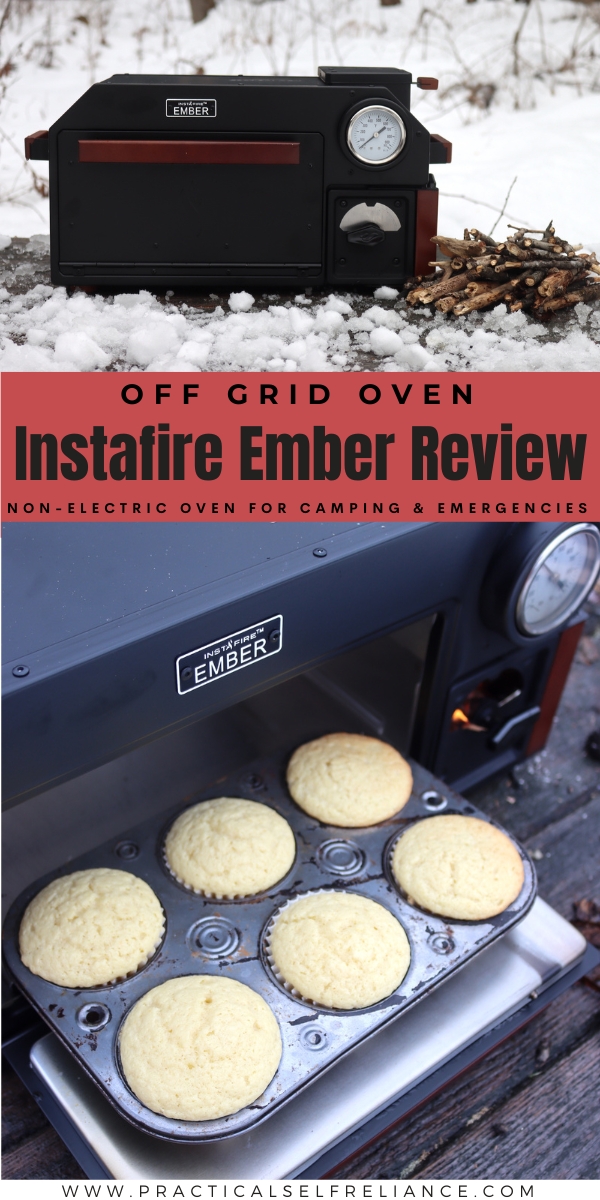
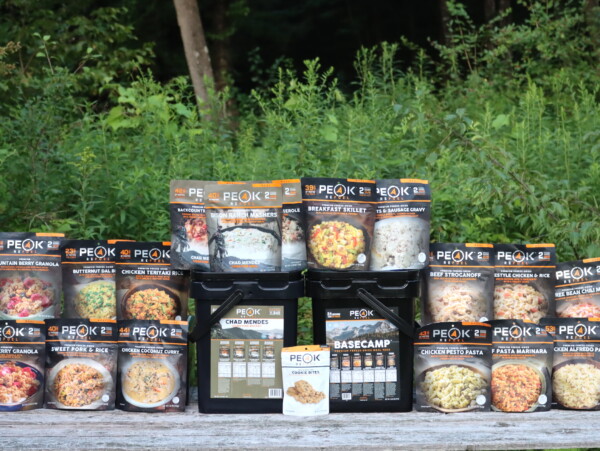
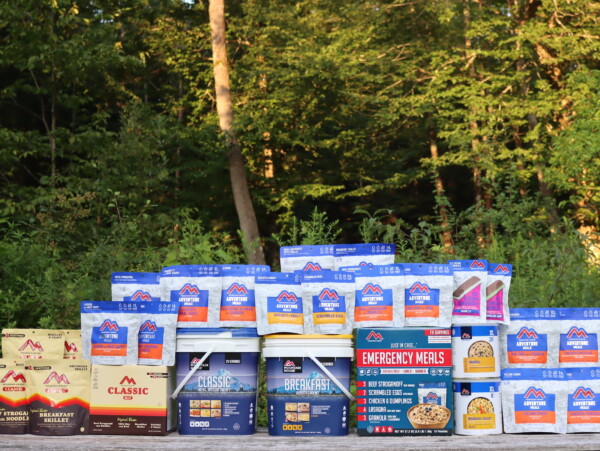
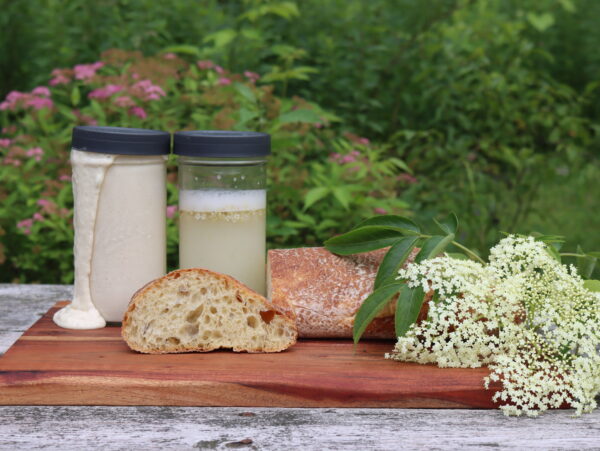
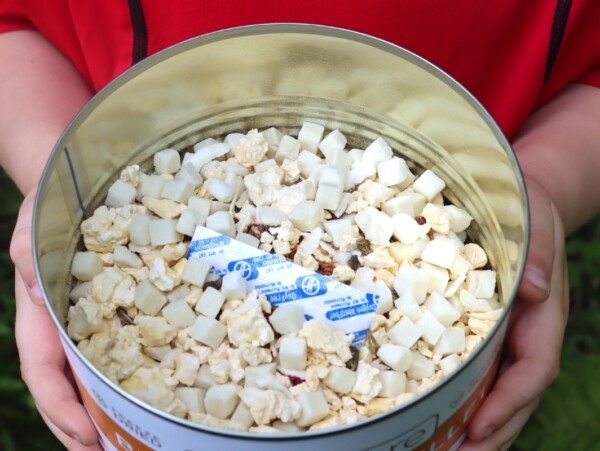










Thank you for a thorough review.
How is it possible to run it inside the house? I see some fumes coming from it in some other images.
When used indoors it’s run with canned heat, which is the same no emission fuel that’s used for catering events indoors. You only use wood when running it outdoors.
Great review. I’ve been contemplating getting one, and will probably go ahead and purchase one soon.
The pan size critique is interesting and must have been a known issue because I just saw an ad by them for pans made specifically for the ember oven
Yeah, funny that literally a week after I wrote the review they started selling pans with the oven. I’m going to go back in and update the review now, and I’m so glad they finally did that…as finding all those pans was a real pain!
Fantastic review and thanks since we just purchased one. Will use your links to purchase the “correct” size cooking pots and pans! Saved us much time, pain and suffering. ;-}
Thank you again. Much help.
You’re very welcome. So glad it was helpful for you.